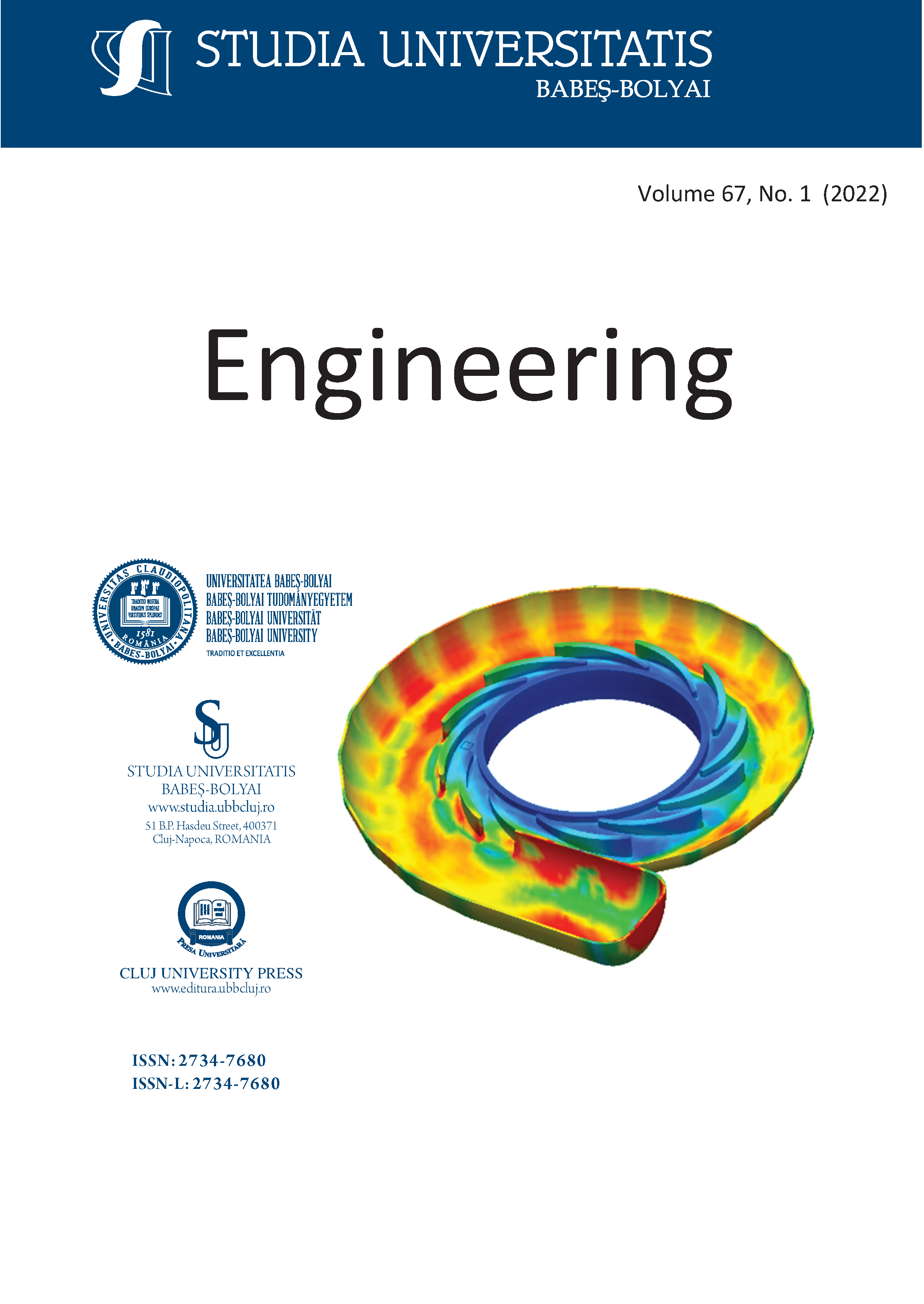Re-calibration of an automatic evaporimeter
DOI:
https://doi.org/10.24193/subbeng.2022.1.15Keywords:
Sensitivity, Water level, Calibration, Sensor, Evaporimeter.Abstract
A set of pre-programmed sensors and transducers, including 0.71 EAP, carbon resistor, semi-carbon conductor, IN4007, and lighting diode-4v, 60 mm amp, were used to develop and build an automatic evaporimeter for automating/self-recording evaporation rate. 10 ILP values, 8 FLP values, 150.4 and 12.3 refractive values, respectively, were used to design the evaporimeter's operating principle. The results of equipment calibration utilizing various statistical validations of voltage, calibration index, and refractive index values demonstrate high agreement with R2 values of 0.999, 0.869, and 16.4 correspondingly. Every level (0.1 cm) of the instrument's time response to a step change in the water level caused by evaporation in the pan was calibrated. The voltage (v) was 225.6v, the highest evaporation value was 0.3 cm, and the refractive index was 15.0. With R2 = 0.9718 and 0.9635, statistical validation shows that there was a significant correlation between the initial evaporation reading (IER) and the final evaporation reading (FER).References
Purvis J.C., Pan evaporation records for the South Carolina, Water International, 19, 2006, pp. 30–34.
Stanhill G., Cohen S., Global dimming: a review of the evidence for a widespread and significant reduction in global radiation with discussion of its probable causes and possible agricultural consequences, Agricultural and Forest Meteorology, 107, 2001, pp. 255–278.
Linacre E.T., Estimating U.S. class A pan evaporation from few climate data, Water International, 19, 1993, pp. 5–14.
Jones C., Empirical method of estimating evapotranspiration, Atmospheric Research, 40, 1992, pp. 87–90.
Peterson T.C., Golubev V.S., Groisman P.Y., Evaporation losing its strength, Nature, 377, 1995, pp. 687–688.
Plummer N., Lin Z., Torok S. Trends in the diurnal temperature range, Atmospheric Research, 40, 1995, pp. 60–65.
Robock A., Konstantin V.Y., Srinivasan G., Entin J.K., Hollinger S.E., Speranskaya N.A., Liu S.X., Namkhai A., The global soil moisture data bank, Bulletin of the American Meteorological Society, 81, 2000, pp. 1281–1299.
Parmele Y., McGuinness O., Comparison of measured and estimated daily potential evapotranspiration on humid region, Atmospheric Research, 40, 2004, pp. 77–84.
Phene C.J., Real-time irrigation scheduling of cotton with automated pan evaporation Australia since 1951, Atmospheric Research, 37, 1992, pp. 79–86. evaporation pans. 16: 61-67 Natural Resources, South Carolina State Climatology Office; Vol (3); pp. 10-17.
Downloads
Published
How to Cite
Issue
Section
License
Copyright (c) 2022 Studia Universitatis Babeș-Bolyai Engineering

This work is licensed under a Creative Commons Attribution-NonCommercial-NoDerivatives 4.0 International License.





 © Studia Universitatis Babeş-Bolyai Engineering. Published by Babeș-Bolyai University.
© Studia Universitatis Babeş-Bolyai Engineering. Published by Babeș-Bolyai University.